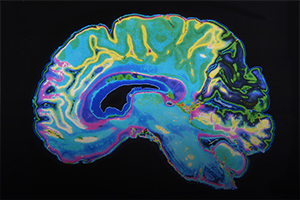New Therapy for Stroke Victims
 In the U.S. alone, nearly 800,000 people suffer from a stroke, the leading cause of long-term disability. While physical therapy helps to restore some motor function, approximately half of them will end up with profound movement problems. But a procedure known as deep brain stimulation (DBS) is slated to begin clinical trials that could improve the effects of physical rehabilitation in victims of ischemic stroke.
In the U.S. alone, nearly 800,000 people suffer from a stroke, the leading cause of long-term disability. While physical therapy helps to restore some motor function, approximately half of them will end up with profound movement problems. But a procedure known as deep brain stimulation (DBS) is slated to begin clinical trials that could improve the effects of physical rehabilitation in victims of ischemic stroke.
DBS has been used in the past to treat the tremors associated with Parkinson’s disease. Electrodes are inserted into the brain and connected to a stimulator (similar to a pacemaker) implanted in the chest just under the skin. The big difference is that, in the case of Parkinson’s, the goal is to reduce motion/tremors, while the goal of the present application is to develop those parts of the brain that control movement.
Studies have shown that rats receiving DBS developed twice as many synapses between nerve cells as those not receiving it. They also developed a higher level of proteins associated with brain plasticity. By implanting the electrodes in those areas of the brain that communicate with the damaged regions, researchers hope that the effects of physical therapy will be greatly enhanced, leading to more complete recovery and restoration of movement.
For information: Andre Machado, M.D., Cleveland Clinic Neurological Institute, 9500 Euclid Avenue, Cleveland, OH 44195; phone: 216-636-5860; Web site: http://my.clevelandclinic.org/services/neurological_institute